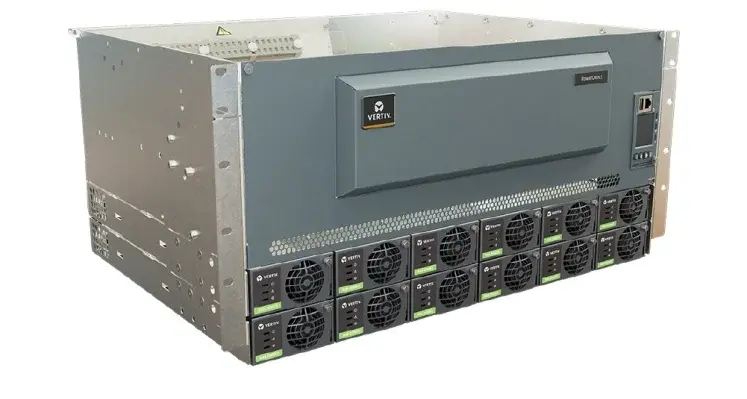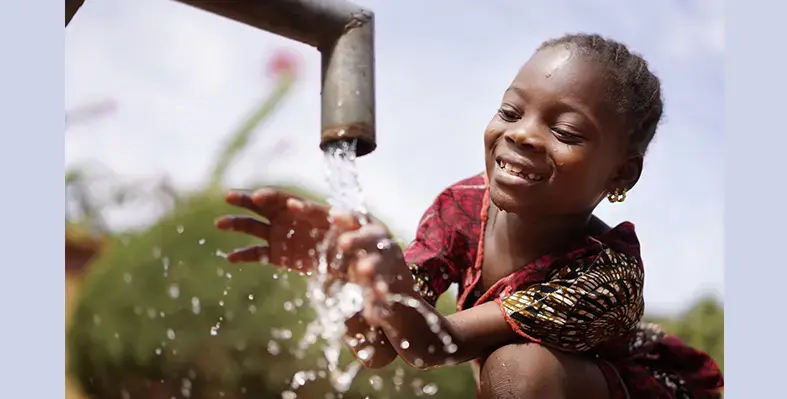Telecom and internet outages highlight just how dependent modern life is on uninterrupted digital connectivity. From GPS to mobile banking to emergency services, critical operations falter when networks fail. In response, Vodafone has accelerated its Enhanced Power initiative, a comprehensive programme designed to strengthen network resilience, extend power backup, and maintain vital connectivity for emergency and critical online services across Europe and Africa
Boosting AI and backup power
The increasing frequency of climate-related disasters and grid instability underscores the urgent need for resilient communications infrastructure for emergency services. Power outages caused by floods, wildfires, earthquakes, or blackouts can affect local, regional, or national areas. Though prolonged outages remain rare in Europe, last summer’s extreme weather alone is expected to cost the EU economy €126 billion by 2029.
The Enhanced Power initiative was fast-tracked following a major blackout in April 2025, which disrupted essential services including telecoms, transportation, and banking in Portugal and parts of Spain and France. At the outage’s peak, about 60% of Portuguese mobile users experienced connectivity loss or difficulties.
Vodafone’s programme aims to strengthen more than 10,000 critical mobile infrastructure sites supporting emergency services across Europe, beginning with Portugal and rolling out across Vodafone’s European markets over the next two years. The initiative combines existing temporary backup systems with AI-powered software to predict, control, and optimise backup power. Solutions are designed to handle outages depending on severity and scale, while also reducing CO2 emissions.
Local, regional, and national response capabilities
For localised outages affecting up to ten mobile sites, Vodafone will continue to deploy portable solutions such as Cells on Wheels (COW), complemented by the Instant Network Emergency Response (INER) programme. INER, active since 2012, provides free Wi-Fi and phone charging stations during disaster relief efforts and has supported 28 disasters worldwide, most recently Hurricane Melissa in Jamaica.
For larger regional outages impacting dozens or hundreds of sites, Vodafone deploys temporary and backup units alongside its AI-controlled Adaptive Power Backup system, which remotely extends base station battery duration, potentially doubling backup times.
Vodafone has also developed contingency plans for national or cross-border blackouts. Over 10,000 essential radio and backhaul access sites across Europe, including hospitals, government offices, airports, and transport hubs, will be equipped with at least four hours of backup power, while core mobile sites (over 400 data centres and backbone facilities) are guaranteed 72 hours of power or diesel generator refuelling within 48 hours. Aggregation sites, critical for routing customer data, are ensured a minimum of four hours’ backup.
Vodafone is exploring further resilience options by connecting emergency responders’ smartphones and other cellular devices via satellite even in extreme conditions.
AI to the rescue
Vodafone has launched its AI-driven Adaptive Power Backup service in Greece, with trials ongoing in Turkey before broader deployment in 2026. The system predicts outages and optimises energy usage, nearly doubling backup duration and keeping emergency services connected three times longer than industry standards. Non-essential equipment is remotely powered down or placed in low-energy “cell sleep mode,” while crucial communication channels remain operational.
AI adoption also reduces the capital needed for additional backup batteries, which would otherwise divert resources from network upgrades. Ofcom estimates that mandating four-hour backup at all UK telecom sites would require £2.2–4.4 billion (€2.6–5.2 billion), with similar costs expected across Europe. Vodafone is exploring collaboration with other operators and electricity providers, pooling resources to participate in electricity markets and using Virtual Power Plant services, enabling revenue generation from idle capacity. Government incentives are needed to drive wider adoption.
Africa focus
Vodacom, Vodafone’s African business, leverages AI to address challenges posed by frequent load-shedding. Its AI-on-the-edge solution prioritises energy sources, reduces diesel runtime, and ensures base stations operate on the most cost-efficient energy source without compromising availability. Initial results show a 10% – 15% reduction in diesel use, lower operational costs, fewer site visits, and improved customer experience.
Aligned with European frameworks
Vodafone’s resilience programme aligns with EU cybersecurity and infrastructure protection frameworks. Vodafone seeks to collaborate with Brussels and national authorities to ensure compliance, speed implementation, and explore co-funding opportunities. Operators alone cannot shoulder the burden, government support through funding and policy alignment is critical to sustain and expand infrastructure, ensuring Europe’s digital and telecom sectors remain resilient during major outages.




